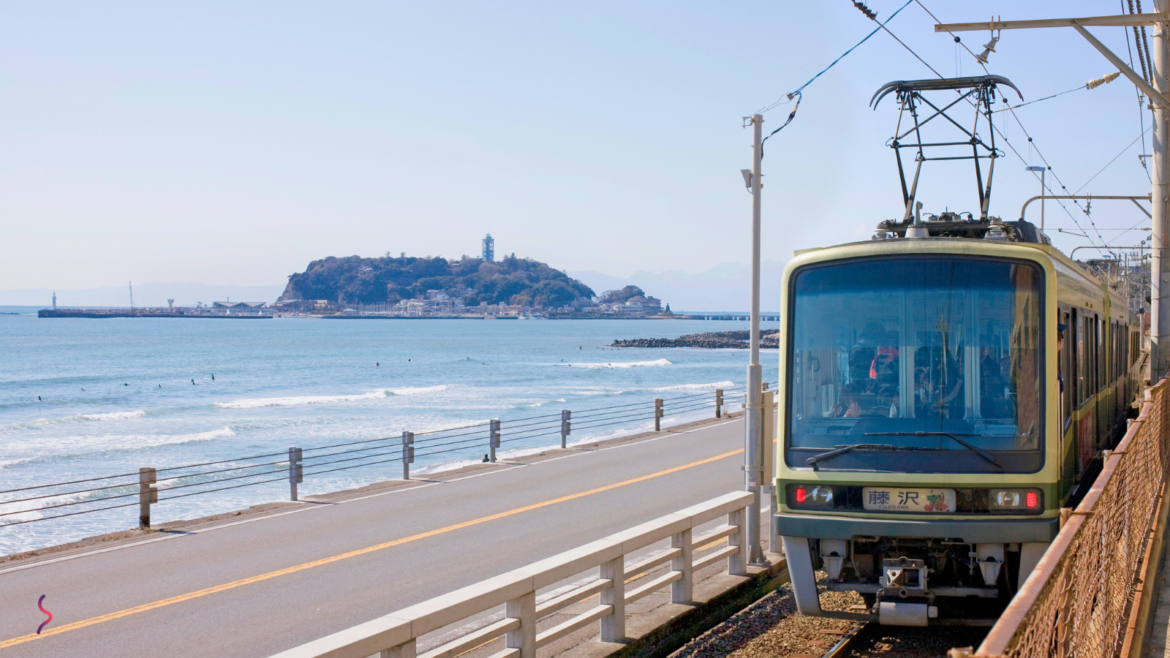Smooth Transportation in Japan
Dispatch Taxi Service
Car Rental and Car Sharing Service
Micro Mobility and Bike Sharing
Japan is renowned for its efficient and reliable transportation system, which is a significant factor contributing to the country’s appeal to tourists. From the high-speed Shinkansen to the intricate network of buses and subways, Japan offers a seamless travel experience that allows visitors to explore the country with ease. This article delves into the various modes of transportation available in Japan, the convenience they offer, and tips for navigating them smoothly.
The Shinkansen: Japan’s Bullet Train
The Shinkansen, or bullet train, is perhaps the most iconic symbol of Japan’s advanced transportation system. Operated by Japan Railways (JR), the Shinkansen network spans most of the country, connecting major cities such as Tokyo, Osaka, Kyoto, and Hiroshima. These trains are known for their punctuality, speed, and comfort, making them an excellent choice for long-distance travel.
- Speed and Punctuality: The Shinkansen can reach speeds of up to 320 km/h (200 mph), significantly reducing travel time between cities. For example, the journey from Tokyo to Osaka, which is approximately 500 kilometers, takes about 2.5 hours on the Nozomi service, the fastest Shinkansen.
- Comfort: Shinkansen trains are designed with passenger comfort in mind. They offer spacious seats, ample legroom, and clean facilities. Many trains also provide amenities such as Wi-Fi, power outlets, and food services.
- Punctuality: The Shinkansen is renowned for its punctuality. Trains depart and arrive on time almost to the second, making it a reliable option for travelers with tight schedules.
Local Trains and Subways
Japan’s local trains and subways are equally impressive, providing extensive coverage within cities and their suburbs. Major cities like Tokyo, Osaka, and Kyoto have well-developed subway systems that are easy to navigate even for non-Japanese speakers.
- Tokyo Metro and Toei Subway: Tokyo’s subway system is one of the most complex in the world, with 13 lines operated by Tokyo Metro and Toei Subway. Stations are well-signposted in both Japanese and English, and the lines are color-coded for easy identification.
- JR Local Lines: In addition to subways, JR operates several local train lines within cities. The Yamanote Line in Tokyo, for example, is a loop line that connects many of the city’s major districts, making it a convenient option for tourists.
Buses
While trains and subways are the primary modes of transportation in urban areas, buses play a crucial role in connecting rural areas and providing access to attractions not served by rail.
- City Buses: In cities like Kyoto and Hiroshima, buses are a practical way to reach tourist sites. Kyoto’s bus system, for example, covers many of the city’s famous temples and shrines.
- Highway Buses: For longer distances, highway buses offer an economical alternative to the Shinkansen. These buses connect cities and towns across Japan and are known for their comfort and affordability.
Taxis and Ride-Sharing
Taxis are readily available in Japan and are known for their cleanliness and courteous drivers. While they are more expensive than public transportation, they offer convenience, especially for travelers with heavy luggage or those traveling late at night.
- Taxi Services: Taxis can be hailed on the street, found at taxi stands, or booked via apps. Most taxis accept cash and IC cards, and some also accept credit cards.
- Ride-Sharing: Services like Uber and JapanTaxi are available in major cities, providing an alternative to traditional taxis.
IC Cards: Simplifying Travel
To make traveling even more convenient, Japan offers IC cards such as Suica and Pasmo. These rechargeable smart cards can be used on trains, subways, buses, and even for purchases at convenience stores and vending machines.
- How to Use: Simply tap the card on the reader at ticket gates or on buses. The fare is automatically deducted from the card balance.
- Where to Get Them: IC cards can be purchased at train stations, and they can be easily recharged at ticket machines or convenience stores.
Travel Tips for Tourists
- Japan Rail Pass: For tourists planning extensive travel across Japan, the Japan Rail Pass is a cost-effective option. It offers unlimited travel on JR trains, including the Shinkansen, for a fixed period.
- Language Assistance: While many signs and announcements are in both Japanese and English, having a translation app can be helpful, especially in rural areas.
- Etiquette: When using public transportation, it’s important to follow local etiquette. This includes keeping noise to a minimum, not talking on the phone, and offering seats to those in need.
Conclusion
Japan’s transportation system is a testament to the country’s commitment to efficiency, convenience, and reliability. Whether you’re traveling between cities on the Shinkansen, navigating the intricate subway systems, or exploring rural areas by bus, you’ll find that getting around Japan is remarkably smooth. By familiarizing yourself with the various modes of transportation and following the tips provided, you can ensure a pleasant and hassle-free travel experience.
